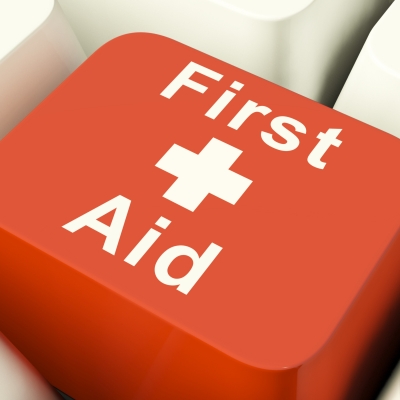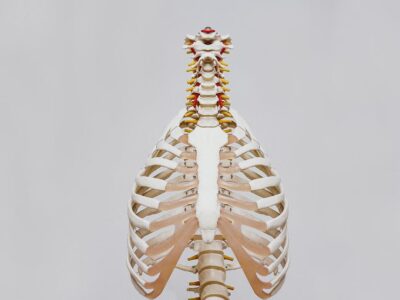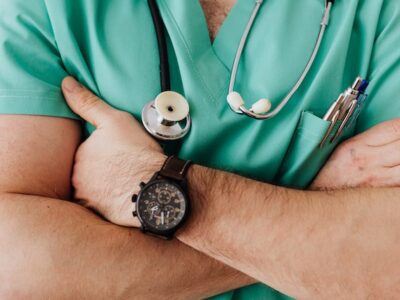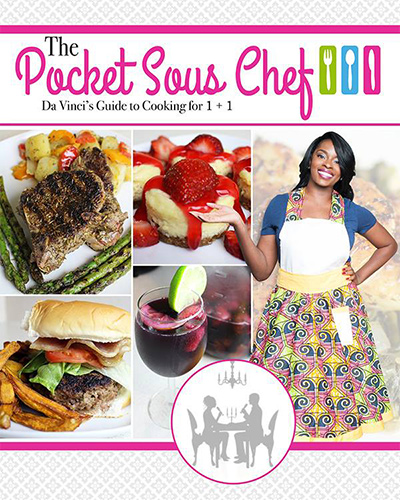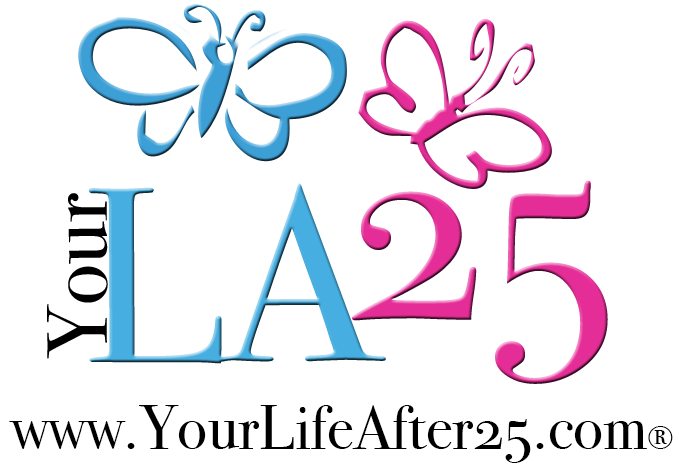Putting Together Your Own First Aid Kit
Having a well stocked first aid kit is an essential tool for all families in the case of an emergency. Buying a ready made first aid kit can be expensive and may not contain everything that you need, whereas putting together your own first aid kit is easy and you can adapt it perfectly to your families needs. So what should you put in your first aid kit at home? And what else do you need to remember in the event of an emergency?
What Should I Put in my First Aid Kit?
Keeping your first aid kit well-stocked is crucial. You can buy most of the supplies you will need for your first aid kit at a large chemist. Some of the items you may be able to purchase from a home-supply store or a supermarket. When filling your first aid kit think about what circumstances may arise resulting in you needing to use it. Wikipedia points out that:
Trauma injuries, such as bleeding, bone fractures or burns, are usually the main focus of most first aid kits, with items such as bandages and dressings being found in the vast majority of all kits.
With this in mind, ensure that your first aid kit contains the following in the case of a trauma injury:
- Bandages – Include triangular bandages for to use as a sling or a splint in the case of a broken bone, and elastic bandages to use for sprains. Always include a roll of absorbent gauze bandages as well as ‘vet wrap’ which is waterproof and makes an excellent pressure bandage.
- Dressings – Always include a variety of dressings in your first aid kit such as eye pads and gauze pads for trauma injuries. It is imperative that these dressings are kept sterile until needed so as to avoid introducing any infection into a wound.
- Plasters – Keep a variety of shapes and sizes for different types of injury.
- Antiseptic wipes – These are useful for cleaning a wound before dressing it. Stock alcohol free wipes as these are less likely to sting.
- Eye washes – Keep individually wrapped eye washes so that they remain sterile.
- Camomile Cream – This is useful for treating minor burns and can help soothe and heal the affected area. Calendula Ointment is an alternative item you could keep for treating burns.
Other things that you may expect to find in a first aid can be used to treat a variety of minor ailments. Always make sure your first aid kit contains the following:
- Painkillers – Include paracetamol and ibuprofen to help reduce pain after an accident or injury.
- Antihistamines – Allergic reactions can be potentially life-threatening so always include antihistamines in your first aid kit. Even if your family hasn’t got any known allergies, allergic reactions can happen quickly as the result of things such as insect bites or bee stings. Common antihistamines include cetirizine hydrochloride and loratadine.
- Insect sprays/cream – Include a cream or a spray that could be used to help reduce irritation after an insect bite or sting.
- After-sun lotion – Never underestimate the danger of the sun especially for children. An article by Lebreton Training covering the dangers of summertime said: many children’s skin has not had the chance to adapt to the sunshine, so sunburn is a real danger in the summertime.Always keep sun creams and sun lotion in your first aid kit.
- Rehydration Sachets – Always stock these to treat cases of sickness and diarrhoea, as well as anti-diarrhoea medication.
- Equipment – Equipment that you will need to include in your first aid kit include scissors, a thermometer, tweezers, an emergency blanket, cotton swabs and medical tape.
The NHS advises that
It may also be useful to keep a basic first aid manual or instruction booklet with your first aid kit.
In the Event of an Emergency
It is important to consider what you are going to do in the event of an emergency. Make sure that the whole family know the location of the first aid kit should it ever be needed. It is also crucial to regularly check and maintain the items in the first aid kit. Periodically check that the items are still in date as some of the items will no longer be guaranteed to be sterile after a certain date. Remember to replace any items that you use.
Your first aid kit should be kept in a cool dry place and should be out of the reach of small children. Make sure that the first aid kit is kept within a durable, waterproof container such as a small plastic box. A good place to keep your first aid kit is a kitchen cupboard or the bathroom cabinet.
Your family’s first aid kit can be life-saving, especially when combined with first aid skills. Every family should consider having one or more of their members regularly attending first aid training so that you are prepared in the case of an emergency. And all families should have a well-stocked first aid kit in their home.
By Ross Davies
The Ultimate Travel First Aid Kit
The Ultimate Travel First Aid Kit by Trip on a Deal


